From AEI:
The Tea Party Warns of a New Elite. They Are Right By Charles Murray
Washington Post
Sunday, October 24, 2010
The tea party appears to be of one mind on at least one thing: America has been taken over by a New Elite.
"On one side, we have the elites," Fox News host Glenn Beck explained last month, "and the other side, we have the regular people." The elites are "no longer in touch with what the country is really thinking," Nevada Senate candidate Sharron Angle complained this summer. And when Delaware Senate candidate Christine O'Donnell recently began a campaign ad by saying, "I didn't go to Yale," she could be confident that her supporters would approve.
All this has made the New Elite distinctly touchy (see Maureen Dowd's "Making Ignorance Chic"), dismissive (see Jacob Weisberg's "Elitist Nonsense") and defensive (see Anne Applebaum's "The Rise of the 'Ordinary' Elite").
"Elite?" they seem to be saying. "Who? Us?"
Why are the members of the New Elite feeling so put upon? They didn't object back in 1991, when Robert Reich said we had a new class of symbolic analysts in his book "The Work of Nations." They didn't raise a fuss in 2000 when David Brooks took an anthropologist's eye to their exotic tribe and labeled them bourgeois bohemians in "Bobos in Paradise." And they were surely pleased when Richard Florida celebrated their wonderfulness in his 2002 work, "The Rise of the Creative Class."
That a New Elite has emerged over the past 30 years is not really controversial. That its members differ from former elites is not controversial. What sets the tea party apart from other observers of the New Elite is its hostility, rooted in the charge that elites are isolated from mainstream America and ignorant about the lives of ordinary Americans.
Let me propose that those allegations have merit.
One of the easiest ways to make the point is to start with the principal gateway to membership in the New Elite, the nation's most prestigious colleges and universities. In the idealized view of the meritocrats, those schools were once the bastion of the Northeastern Establishment, favoring bluebloods and the wealthy, but now they are peopled by youth from all backgrounds who have gained admittance through talent, pluck and hard work.
That idealized view is only half-right. Over the past several decades, elite schools have indeed sought out academically talented students from all backgrounds. But the skyrocketing test scores of the freshman classes at Harvard, Yale, Stanford and other elite schools in the 1950s and 1960s were not accompanied by socioeconomic democratization.
On the surface, it looks as if things have changed. Compared with 50 years ago, the proportion of students coming from old-money families and exclusive prep schools has dropped. The representation of African Americans, Latinos and Asian Americans has increased. Yet the student bodies of the elite colleges are still drawn overwhelmingly from the upper middle class. According to sociologist Joseph Soares's book "The Power of Privilege: Yale and America's Elite Colleges," about four out of five students in the top tier of colleges have parents whose income, education and occupations put them in the top quarter of American families, according to Soares's measure of socioeconomic status. Only about one out of 20 such students come from the bottom half of families.
The discomfiting explanation is that despite need-blind admissions policies, the stellar applicants still hail overwhelmingly from the upper middle class and above. Students who have a parent with a college degree accounted for only 55 percent of SAT-takers this year but got 87 percent of all the verbal and math scores above 700, according to unpublished data provided to me by the College Board. This is not a function of SAT prep courses available to the affluent--such coaching buys only a few dozen points--but of the ability of these students to do well in a challenging academic setting.
Far from spending their college years in a meritocratic melting pot, the New Elite spend school with people who are mostly just like them--which might not be so bad, except that so many of them have been ensconced in affluent suburbs from birth and have never been outside the bubble of privilege. Few of them grew up in the small cities, towns or rural areas where more than a third of all Americans still live.
When they leave college, the New Elite remain in the bubble. Harvard seniors surveyed in 2007 were headed toward a small number of elite graduate schools (Harvard and Cambridge in the lead) and a small number of elite professional fields (finance and consulting were tied for top choice). Jobs in businesses that provide bread-and-butter goods and services to individual Americans, which make up the overwhelming majority of entry-level openings for aspiring managers, attracted just 1.7 percent of the Harvard students who went to work right after graduation.
When the New Elite get around to marrying, they don't marry just anybody. One of the funniest and most bitingly accurate parts of "Bobos in Paradise" was Brooks's analysis of the New York Times's wedding announcements. Go back to 1960, and the page was filled with brides and grooms who grew up wealthy but whose educations and occupations did not offer much indication that they were going to set the world on fire. Look at the page today, and it is studded with the mergers of fabulous résumés.
Three examples lifted from last Sunday's Times: a director of marketing at a biotech company (Stanford undergrad, Harvard MBA) married a consultant to the aerospace industry (Stanford undergrad, Harvard MPP); a vice president at Goldman Sachs (Yale) married a director of retail development for a financial software firm (Hofstra); and a third-year resident in cardiology (Yale undergrad) married a third-year resident in pathology (Columbia undergrad, summa cum laude).
The New Elite marry each other, combining their large incomes and genius genes, and then produce offspring who get the benefit of both.
We are watching the maturation of the cognitive stratification that Richard J. Herrnstein and I described in "The Bell Curve" back in 1994. When educational and professional opportunities first opened up, we saw social churning galore, as youngsters benefited from opportunities that their parents had been denied. But that phase lasted only a generation or two, slowed by this inescapable paradox:
The more efficiently a society identifies the most able young people of both sexes, sends them to the best colleges, unleashes them into an economy that is tailor-made for people with their abilities and lets proximity take its course, the sooner a New Elite--the "cognitive elite" that Herrnstein and I described--becomes a class unto itself. It is by no means a closed club, as Barack Obama's example proves. But the credentials for admission are increasingly held by the children of those who are already members. An elite that passes only money to the next generation is evanescent ("Shirtsleeves to shirtsleeves in three generations," as the adage has it). An elite that also passes on ability is more tenacious, and the chasm between it and the rest of society widens.
What Herrnstein and I did not fully appreciate 16 years ago was how relentless this segregation would be. It is hard to get numbers--no survey has samples large enough to calibrate precisely what's going on with the top percentiles of the population that I'm talking about--but the numbers we do have, combined with qualitative data provided by observers such as Brooks, Florida and Bill Bishop, in his book "The Big Sort," are persuasive.
We know, for one thing, that the New Elite clusters in a comparatively small number of cities and in selected neighborhoods in those cities. This concentration isn't limited to the elite neighborhoods of Washington, New York, Boston, Los Angeles, Silicon Valley and San Francisco. It extends to university cities with ancillary high-tech jobs, such as Austin and the Raleigh-Durham-Chapel Hill triangle.
With geographical clustering goes cultural clustering. Get into a conversation about television with members of the New Elite, and they can probably talk about a few trendy shows--"Mad Men" now, "The Sopranos" a few years ago. But they haven't any idea who replaced Bob Barker on "The Price Is Right." They know who Oprah is, but they've never watched one of her shows from beginning to end.
Talk to them about sports, and you may get an animated discussion of yoga, pilates, skiing or mountain biking, but they are unlikely to know who Jimmie Johnson is (the really famous Jimmie Johnson, not the former Dallas Cowboys coach), and the acronym MMA means nothing to them.
They can talk about books endlessly, but they've never read a "Left Behind" novel (65 million copies sold) or a Harlequin romance (part of a genre with a core readership of 29 million Americans).
They take interesting vacations and can tell you all about a great backpacking spot in the Sierra Nevada or an exquisite B&B overlooking Boothbay Harbor, but they wouldn't be caught dead in an RV or on a cruise ship (unless it was a small one going to the Galapagos). They have never heard of Branson, Mo.
There so many quintessentially American things that few members of the New Elite have experienced. They probably haven't ever attended a meeting of a Kiwanis Club or Rotary Club, or lived for at least a year in a small town (college doesn't count) or in an urban neighborhood in which most of their neighbors did not have college degrees (gentrifying neighborhoods don't count). They are unlikely to have spent at least a year with a family income less than twice the poverty line (graduate school doesn't count) or to have a close friend who is an evangelical Christian. They are unlikely to have even visited a factory floor, let alone worked on one.
Taken individually, members of the New Elite are isolated from mainstream America as a result of lifestyle choices that are nobody's business but their own. But add them all up, and they mean that the New Elite lives in a world that doesn't intersect with mainstream America in many important ways. When the tea party says the New Elite doesn't get America, there is some truth in the accusation.
Part of the isolation is political. In that Harvard survey I mentioned, 72 percent of Harvard seniors said their beliefs were to the left of the nation as a whole, compared with 10 percent who said theirs were to the right of it. The political preferences of academics and journalists among the New Elite also conform to the suspicions of the tea party.
But the politics of the New Elite are not the main point. When it comes to the schools where they were educated, the degrees they hold, the Zip codes where they reside and the television shows they watch, I doubt if there is much to differentiate the staff of the conservative Weekly Standard from that of the liberal New Republic, or the scholars at the American Enterprise Institute from those of the Brookings Institution, or Republican senators from Democratic ones.
The bubble that encases the New Elite crosses ideological lines and includes far too many of the people who have influence, great or small, on the course of the nation. They are not defective in their patriotism or lacking a generous spirit toward their fellow citizens. They are merely isolated and ignorant. The members of the New Elite may love America, but, increasingly, they are not of it.
Charles Murray is the W. H. Brady Scholar at AEI.
A READER ON THE STATE OF THE POLITICAL DECAY AND IDEOLOGICAL GRIDLOCK BETWEEN ONE GROUP WHO SEEK TO DESTROY THE COUNTRY, AND THOSE WHO WANT TO RESTORE IT.
The Rise and Fall of Hope and Change




Alexis de Toqueville
The American Republic will endure until the day Congress discovers that it can bribe the public with the public's money.
Alexis de Tocqueville
Alexis de Tocqueville
The United States Capitol Building
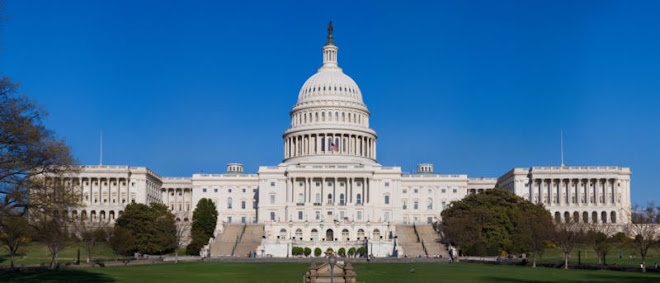
The Constitutional Convention
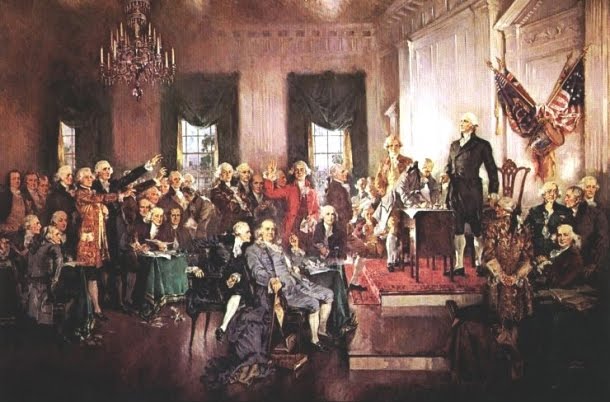
The Continental Congress
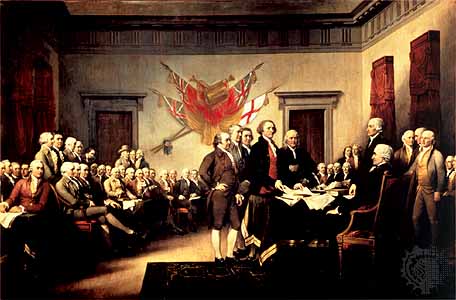
George Washington at Valley Forge
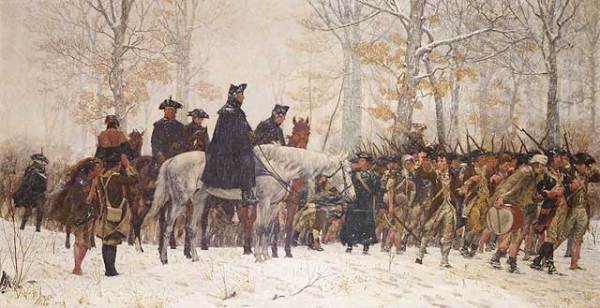
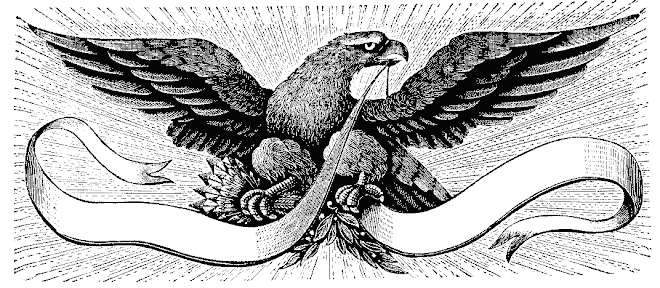

No comments:
Post a Comment